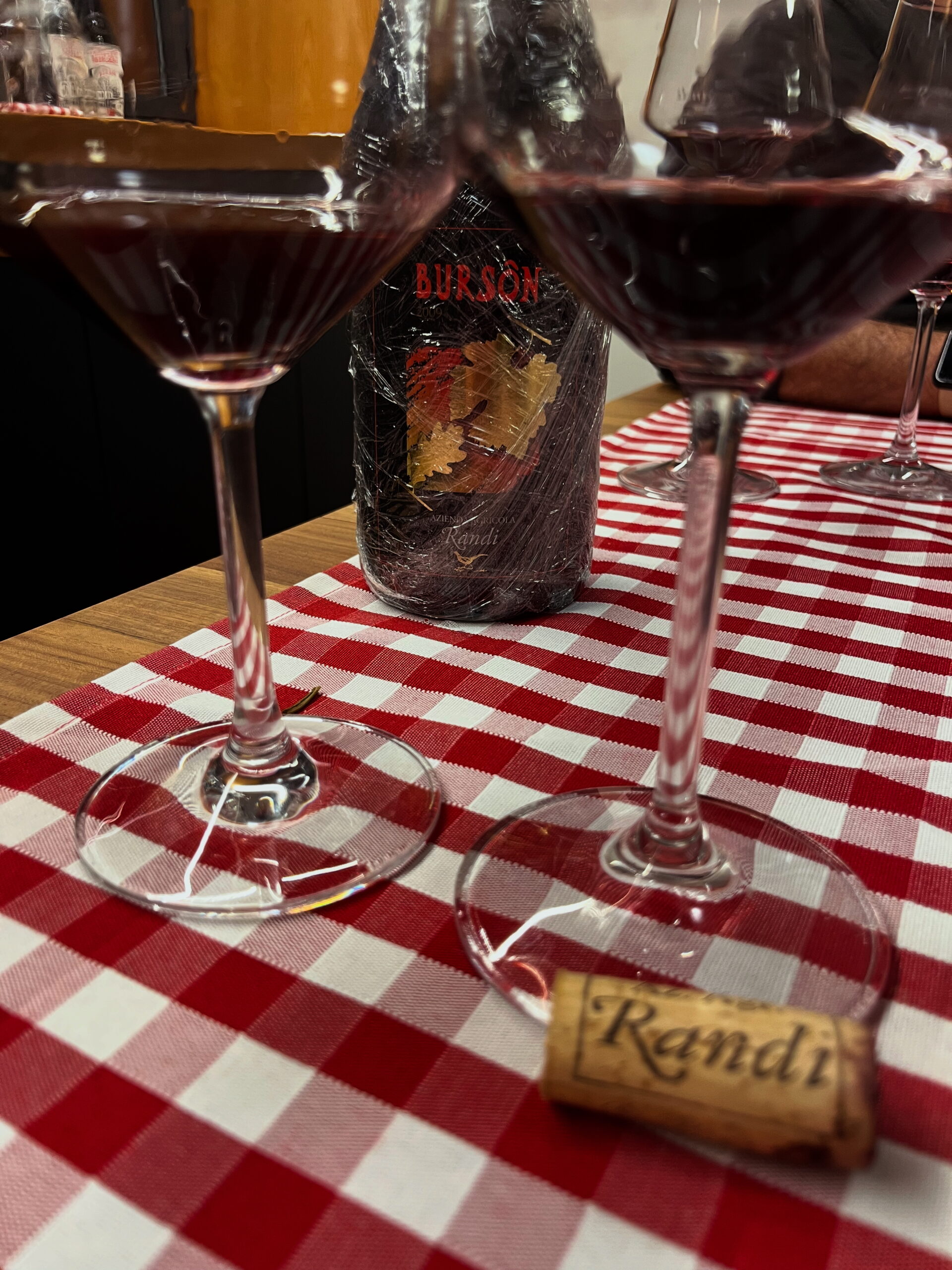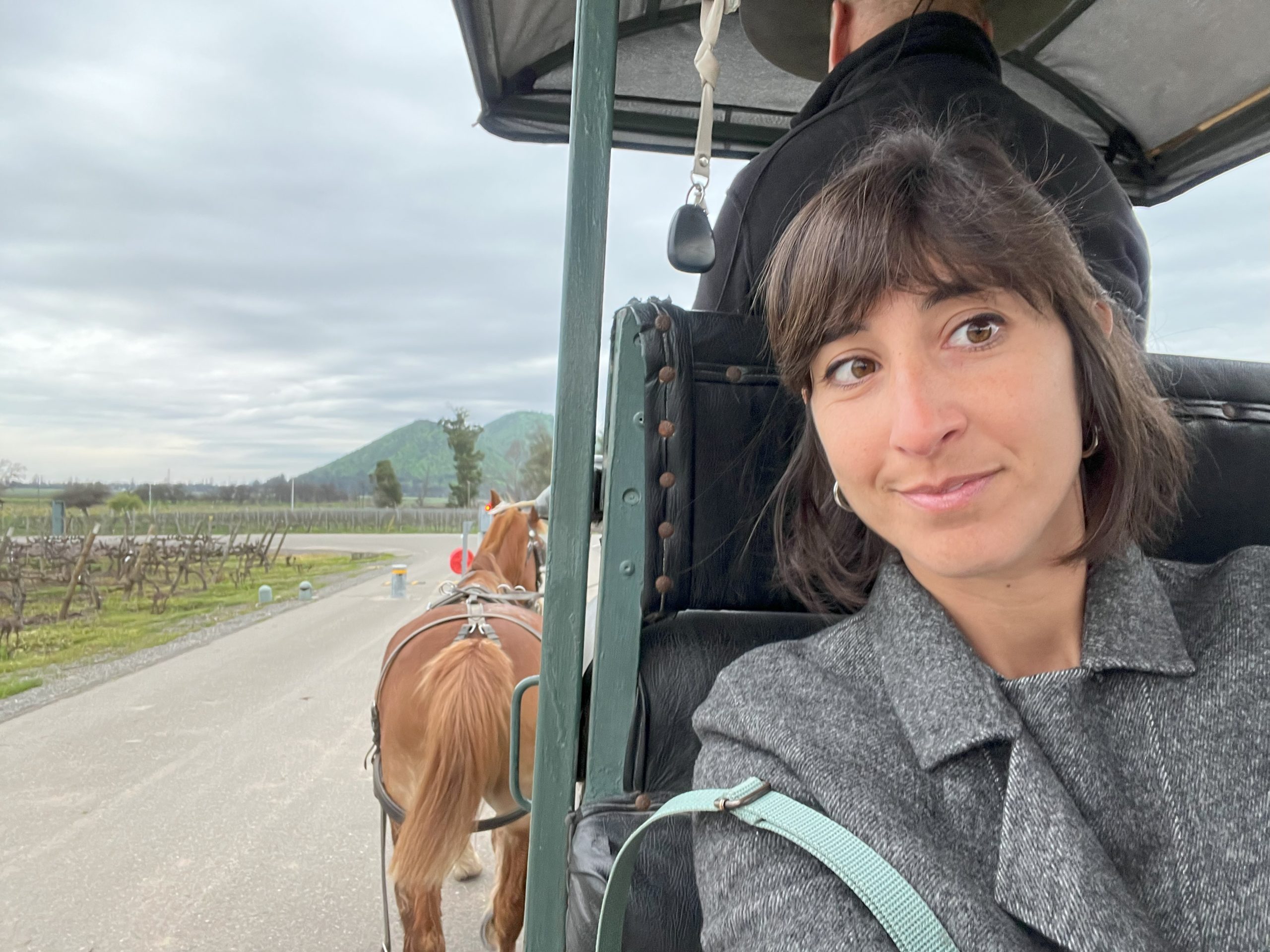-

Emilia Romagna wines: the known and the unknown
Emilia Romagna is one of Italy’s most delicious regions: you may have heard of Parmigiano Reggiano, Aceto Balsamico, Lasagna Bolognese, Piadina and Sangiovese, right? But beyond its fame lies a world of forgotten grape varieties and authentic wine traditions. What not everyone…
-

Unusual grapes of Italy – my latest discoveries
Italy has over 400 commercial grape varieties, a true paradise for wine lovers. Beyond familiar names like Nebbiolo, Sangiovese, and Primitivo, lies a world of lesser-known treasures waiting to be discovered. Here are a few of my latest discoveries from Trentino Alto…
-

Carménère is alive!
Imagine the surprise of Chilean winemakers when, after decades of labeling Carménère grapes as Merlot, they discovered the truth! The story of Carménère in Chile is one of the most fascinating tales in the world of wine.It starts with a mistake. Brought…

